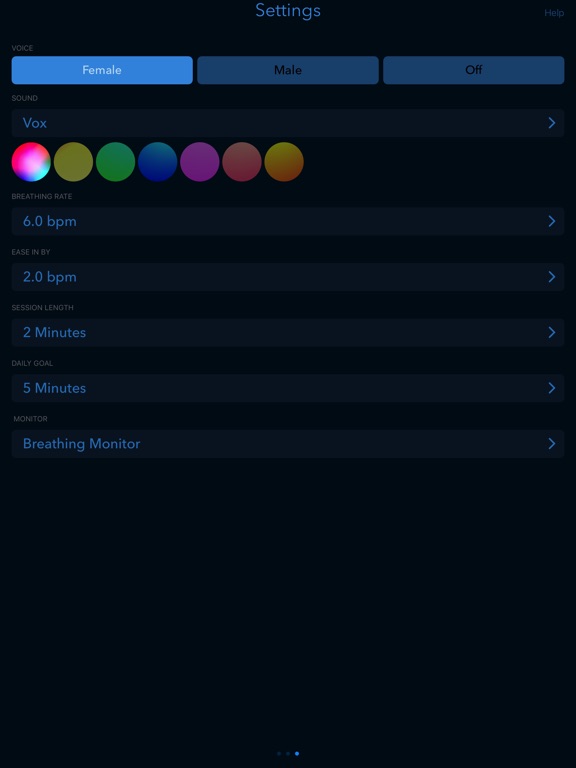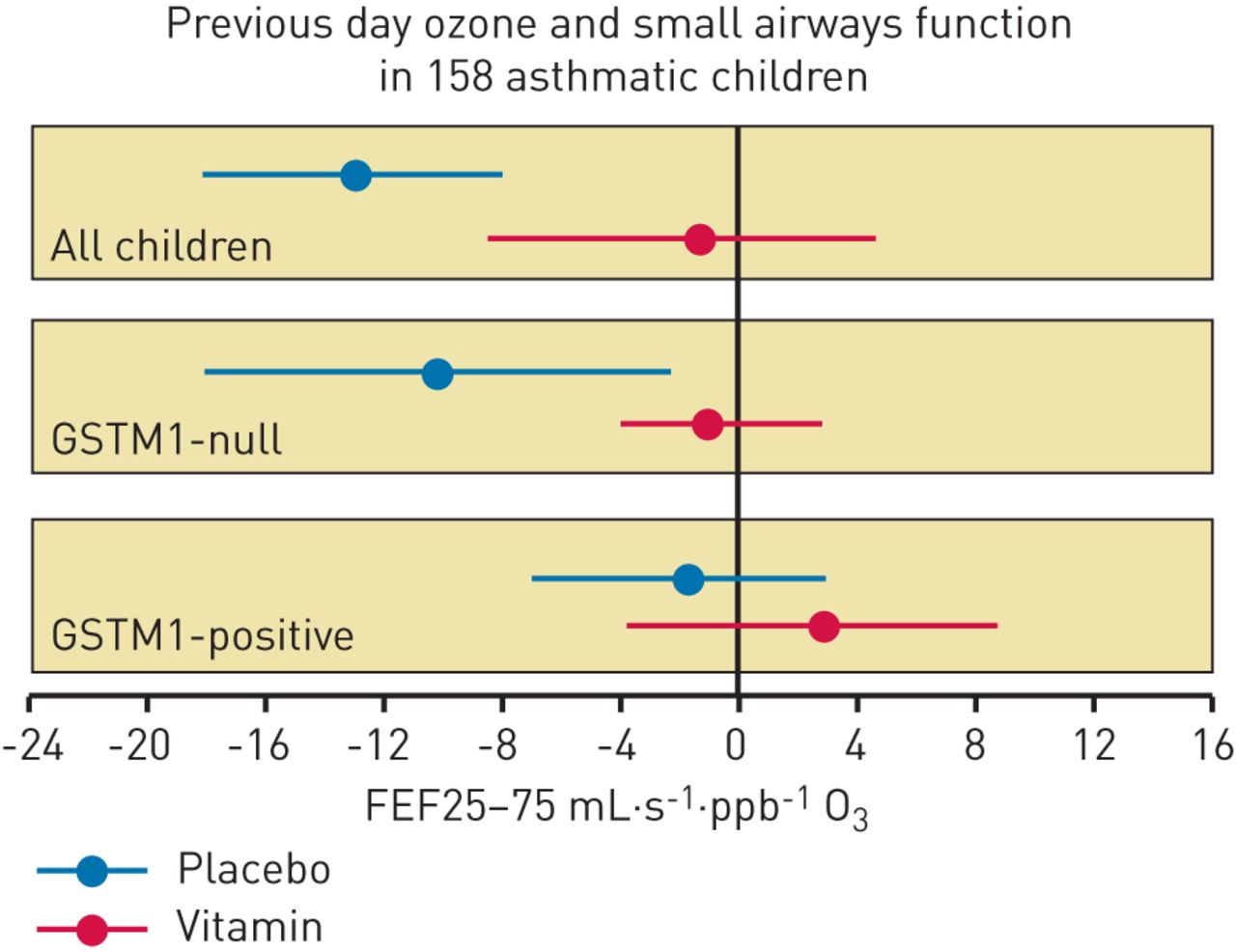
After the sampling period, the filter is post-weighed which calculates the difference in weight. In all gravimetric samples, the weight-stable filter media must be pre-weighed before a sample is made. The process of gravimetric sampling is uncomplicated.
Those inlets are also sized differently for different flow rates. The UPAS has different inlets to size-select the particles you want to collect. Examples of dust emulate from wood, flour, metals, and silica. Variable Particle Size Measurementĭepending on the user requirements, there are typically 3 particle sizes of interest, the smallest being PM 2.5 and largest being PM 10. Less Maintenanceīecause it is designed with no moving parts, it requires less time for overall maintenance and service. Data is easily accessible while keeping the UPAS deployed. Collected data can be uploaded wirelessly to a phone or computer with the UPAS app.

It can be quickly programmed from any tablet or phone to fit the users’ needs across various applications. The UPAS app is primarily a method to program the UPAS and set up the sample parameters along with various options for initiating the sample (now, at a future time, or next press of the start button).
#CALCULATING PERSONAL BREATHING ZONE AIR SAMPLING BLUETOOTH#
The UPAS collects all of this data during the sample session and logs that to a file the can be exported over Bluetooth or extracted directly from the micro SD card that is part of the UPAS hardware.

However, the log files hold additional information that provides details of the sample, time stamps, GPS, temperature, humidity and pump flow control throughout the sample. The UPAS is a self-contained, filter-integrated sampler. Ultimately the filter is pretty standard. Note that some test standards/methods require this anyway even though the UPAS maintains the flow rate on its own. Other competitive pumps must have their flow checked before/after each sample run to ensure that the flow was maintained at the correct flow. In addition to being quiet and energy-efficient, the mass flow sensor enables the device to maintain a constant sampling flow rate and measures changes in pressure drop across the filter media, giving the UPAS the advantage of having a reliably steady flow rate over time.

The Problem with Traditional Air Samplers Using gravimetric sampling, UPAS is a game-changer in the way occupational dust can be measured on a person. Occupational hygienists are excited about the UPAS.


 0 kommentar(er)
0 kommentar(er)
